Scientific Reports volume 10, Article number: 2222 (2020) Cite this article.


Scientific Reports volume 10, Article number: 2222 (2020) Cite this article.

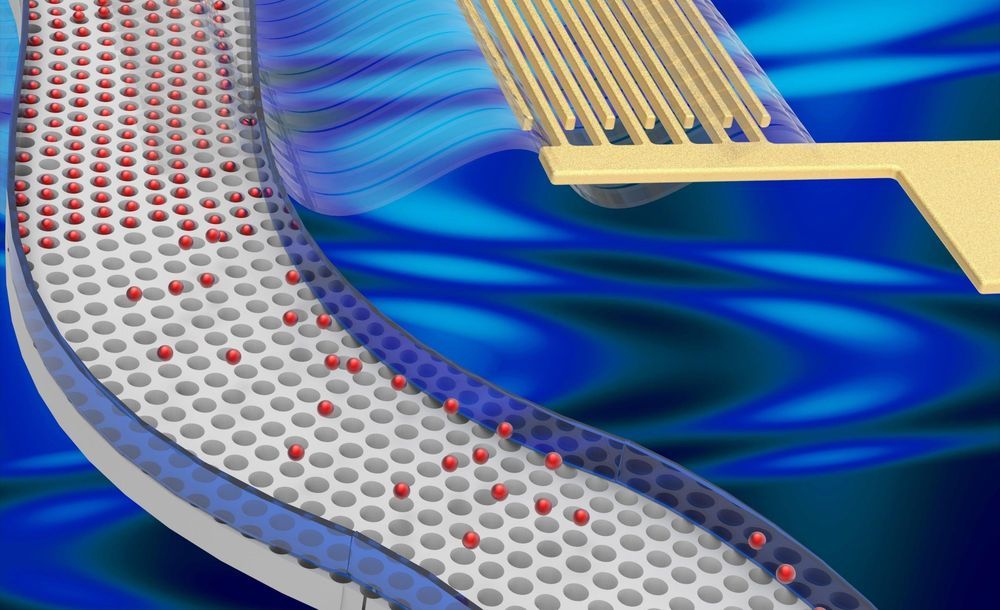
Acoustofluidics is the fusion of acoustics and fluid mechanics which provides a contact-free, rapid and effective manipulation of fluids and suspended particles. The applied acoustic wave can produce a non-zero time-averaged pressure field to exert an acoustic radiation force on particles suspended in a microfluidic channel. However, for particles below a critical size the viscous drag force dominates over the acoustic radiation forces due to the strong acoustic streaming resulting from the acoustic energy dissipation in the fluid. Thus, particle size acts as a key limiting factor in the use of acoustic fields for manipulation and sorting applications that would otherwise be useful in fields including sensing (plasmonic nanoparticles), biology (small bioparticle enrichment) and optics (micro-lenses).
Although acoustic nanoparticle manipulation has been demonstrated, terahertz (THz) or gigahertz (GHz) frequencies are usually required to create nanoscale wavelengths, in which the fabrication of very small feature sizes of SAW transducers is challenging. In addition, single nanoparticle positioning into discrete traps has not been demonstrated in nanoacoustic fields. Hence, there is a pressing need to develop a fast, precise and scalable method for individual nano- and submicron scale manipulation in acoustic fields using megahertz (MHz) frequencies.
An interdisciplinary research team led by Associate Professor Ye Ai from Singapore University of Technology and Design (SUTD) and Dr. David Collins from University of Melbourne, in collaboration with Professor Jongyoon Han from MIT and Associate Professor Hong Yee Low from SUTD, developed a novel acoustofluidic technology for massively multiplexed submicron particle trapping within nanocavities at the single-particle level.

Here’s a new chapter in the story of the miniaturization of machines: researchers in a laboratory in Singapore have shown that a single atom can function as either an engine or a fridge. Such a device could be engineered into future computers and fuel cells to control energy flows.” Think about how your computer or laptop has a lot of things inside it that heat up. Today you cool that with a fan that blows air. In nanomachines or quantum computers, small devices that do cooling could be something useful,” says Dario Poletti from the Singapore University of Technology and Design (SUTD).
This work gives new insight into the mechanics of such devices. The work is a collaboration involving researchers at the Centre for Quantum Technologies (CQT) and Department of Physics at the National University of Singapore (NUS), SUTD and at the University of Augsburg in Germany. The results were published in the peer-reviewed journal npj Quantum Information on 1 May.
Engines and refrigerators are both machines described by thermodynamics, a branch of science that tells us how energy moves within a system and how we can extract useful work. A classical engine turns energy into useful work. A refrigerator does work to transfer heat, reducing the local temperature. They are, in some sense, opposites.
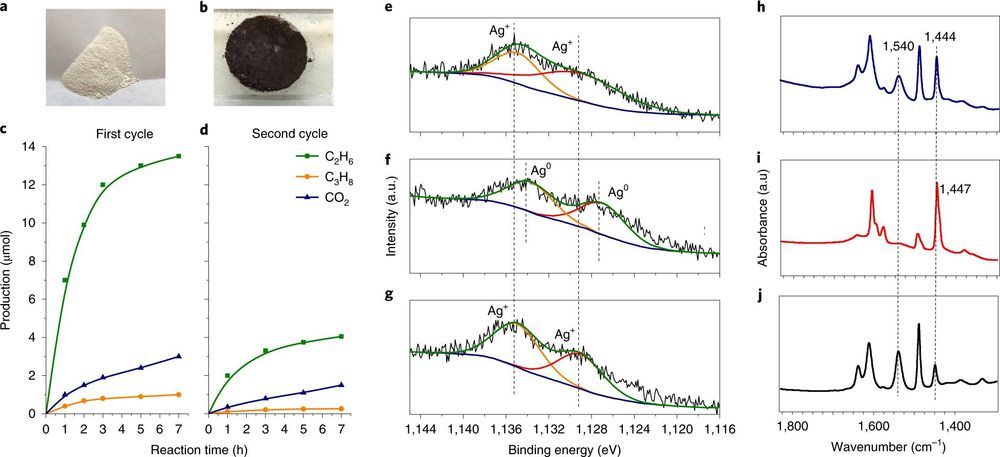
A team of researchers from the University of Lille, CNRS, Centrale Lille, University of Artois, in France, and Keele University in the U.K has developed a way to produce ethane from methane using a photochemical looping strategy. In their paper published in the journal Nature Energy, the group describes their process. Fumiaki Amano with the University of Kitakyushu in Japan has published a News & Views piece on the work done by the team in the same journal issue.
Over the past several years, methane has become important for the production of fuels and other chemicals. But due to its stability, converting methane to desired products requires high temperatures and results in less-than-desired selectivity. Developing a way to carry out such conversions without the need for energy intensive heat production has been a goal of chemists in the field for several years. Prior research has suggested that methane coupling is an attractive option due to the ease with which it can be dehydrogenated to ethylene. In this new effort, the researchers followed up on such suggestions, and in so doing, have developed a way to produce ethane from methane that overcomes prior problems.
Amano suggests the success factor used by the researchers centered around the development of a three-part nanocomposite material—by adding phosphotungstic acid and silver cations to a traditional TiO2 photocatalyst. The resulting Ag–HPW/TiO2 nanocomposites induced methane coupling which resulted in the production of ethane—and also small amounts of propane and CO2. The final result was a two-stage looping process that was based on photochemical conversions. Amano notes that the process resulted in silver cation reduction to a metallic, which was followed up by reoxidization of a metallic silver species using oxygen that was irradiated with ultraviolet light. He also points out that the HPW coating that was used on the particles was a major factor in improving selectivity, and suggests that the looping redox cycle is similar in some ways to the reactions that happen in rechargeable batteries.
Education Saturday with Space Time.
This episode of space time is brought to you by the information flowing through an impossibly complex network of quantum entanglement, that just happens to mutually agree that you and I exist inside it. Oh, and Schrodinger’s cat is in here too.
In quantum world things are routinely in multiple states at once – what we call a “superposition” of states. But in the classical world of large scales, things are either this or that. The famous thought experiment is Schrodinger’s cat – in which a cat is in an opaque box with a vial of deadly poison that’s released on the radioactive decay of an atom. Quantum mechanics tells us that the atom’sfunction can be in a superposition of states – simultaneously decayed or not decayed. So is the cat’sfunction also in a superposition of both dead and alive.
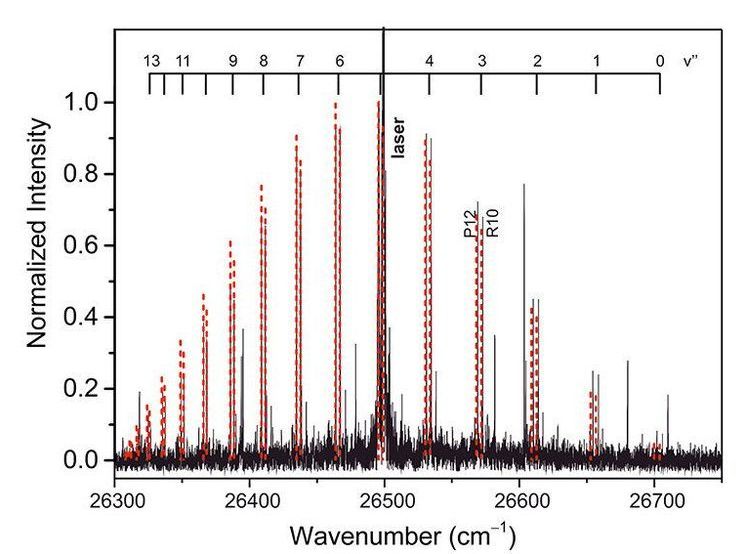
Magnesium dimer (Mg2) is a fragile molecule consisting of two weakly interacting atoms held together by the laws of quantum mechanics. It has recently emerged as a potential probe for understanding fundamental phenomena at the intersection of chemistry and ultracold physics, but its use has been thwarted by a half-century-old enigma—five high-lying vibrational states that hold the key to understanding how the magnesium atoms interact but have eluded detection for 50 years.
The lowest fourteen Mg2 vibrational states were discovered in the 1970s, but both early and recent experiments should have observed a total of nineteen states. Like a quantum cold case, experimental efforts to find the last five failed, and Mg2 was almost forgotten. Until now.
Piotr Piecuch, Michigan State University Distinguished Professor and MSU Foundation Professor of chemistry, along with College of Natural Science Department of Chemistry graduate students Stephen H. Yuwono and Ilias Magoulas, developed new, computationally derived evidence that not only made a quantum leap in first-principles quantum chemistry, but finally solved the 50-year-old Mg2 mystery.
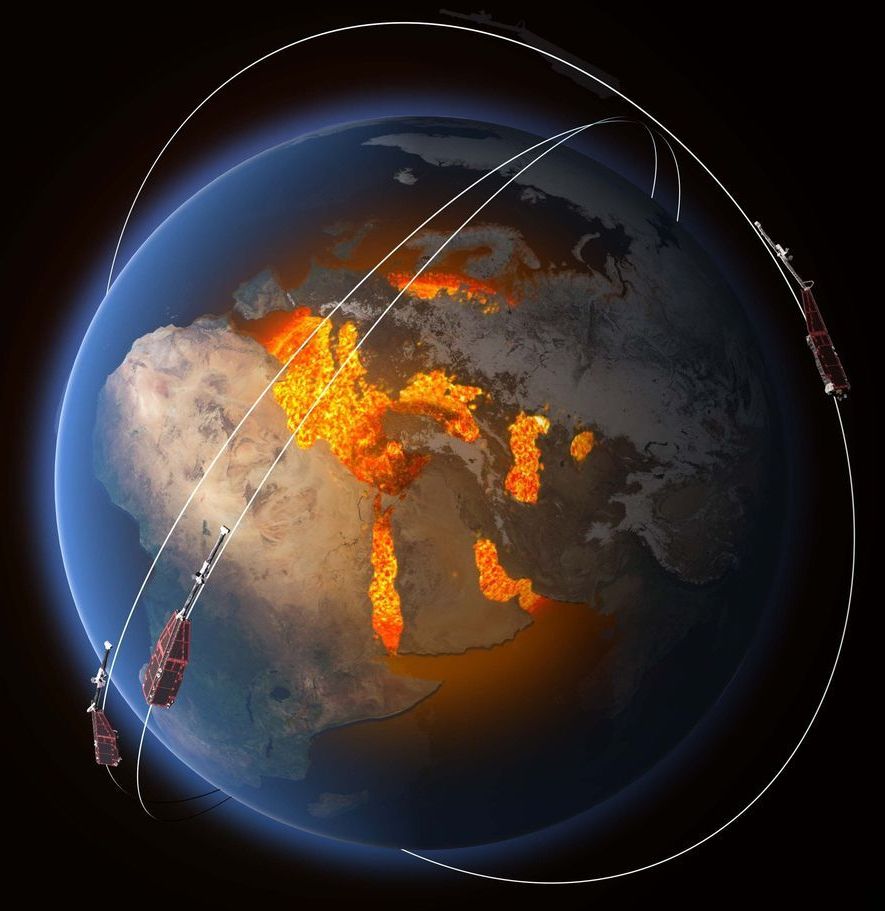
In an area stretching from Africa to South America, Earth’s magnetic field is gradually weakening. This strange behaviour has geophysicists puzzled and is causing technical disturbances in satellites orbiting Earth. Scientists are using data from ESA’s Swarm constellation to improve our understanding of this area known as the ‘South Atlantic Anomaly.’
Earth’s magnetic field is vital to life on our planet. It is a complex and dynamic force that protects us from cosmic radiation and charged particles from the Sun. The magnetic field is largely generated by an ocean of superheated, swirling liquid iron that makes up the outer core around 3000 km beneath our feet. Acting as a spinning conductor in a bicycle dynamo, it creates electrical currents, which in turn, generate our continuously changing electromagnetic field.
This field is far from static and varies both in strength and direction. For example, recent studies have shown that the position of the north magnetic pole is changing rapidly.
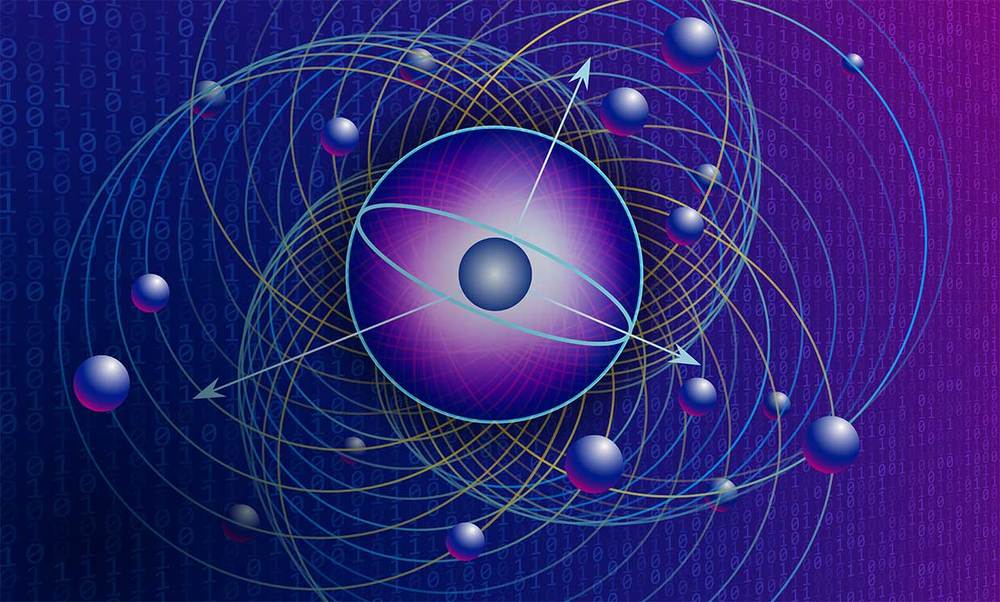
Quantum computers theoretically can prove more powerful than any supercomputer, and now scientists calculate just what quantum computers need to attain such “quantum supremacy,” and whether or not Google achieved it with its claims last year.
Whereas classical computers switch transistors either on or off to symbolize data as ones or zeroes, quantum computers use quantum bits—qubits—that, because of the bizarre nature of quantum physics, can be in a state of superposition where they are both 1 and 0 simultaneously.
Superposition lets one qubit perform two calculations at once, and if two qubits are linked through a quantum effect known as entanglement, they can help perform 22 or four calculations simultaneously; three qubits, 23 or eight calculations; and so on. In principle, a quantum computer with 300 qubits could perform more calculations in an instant than there are atoms in the visible universe.
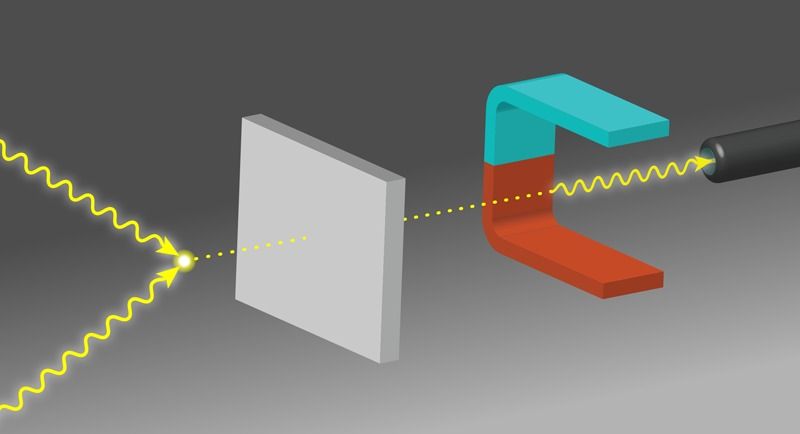
The collision of two intense light beams may produce detectable signatures of dark matter particles called axions.
Axions—hypothetical particles that are much lighter than electrons—could hold the key to important physics puzzles, from the matter–antimatter asymmetry to the nature of dark matter. So far, the strongest constraints on their properties, such as their mass and how they couple to photons, come from astrophysical measurements that look for axions produced by photons interacting with magnetic fields inside the Sun. Now, Konstantin Beyer at the University of Oxford, UK, and colleagues propose a lab-scale experiment based on colliding intense laser beams. The researchers say that, for an important range of axion masses, their approach would be as sensitive as astrophysical searches but much less dependent on hard-to-test models of astrophysical axion-generation processes.
The team’s scheme is a variation of the “light-shining-through-a-wall” (LSW) method of axion detection. In LSW, axions created by a laser beam propagating in a magnetic field would be detected after passing through a wall that shields the detector from the laser photons. The team’s new scheme uses two laser beams, whose collision may produce axions through a light–light scattering process. After passing through the wall, the axions would be converted into detectable photons by a magnetic field.